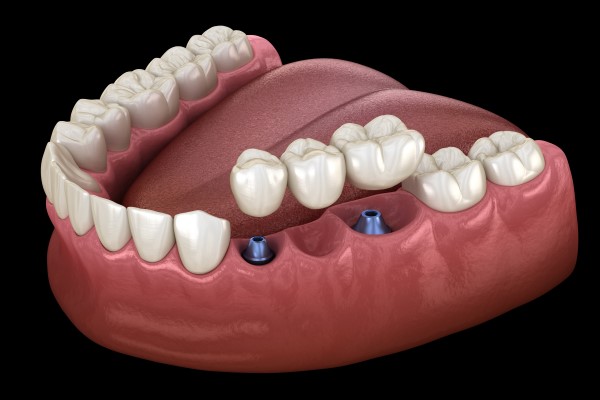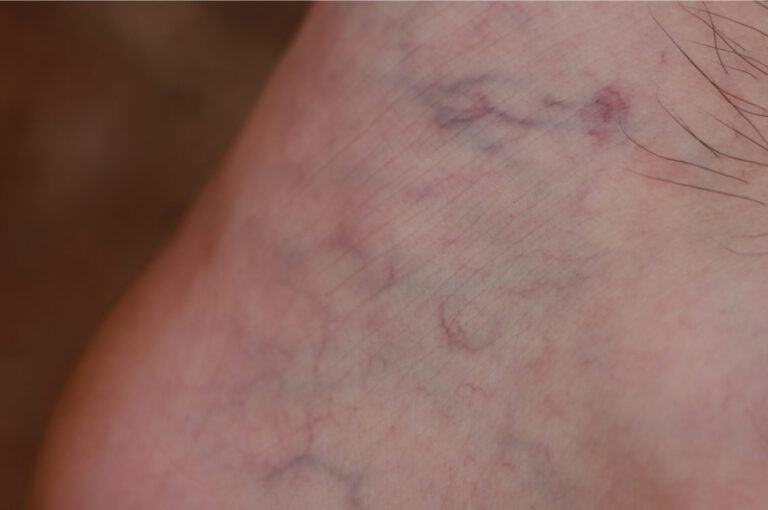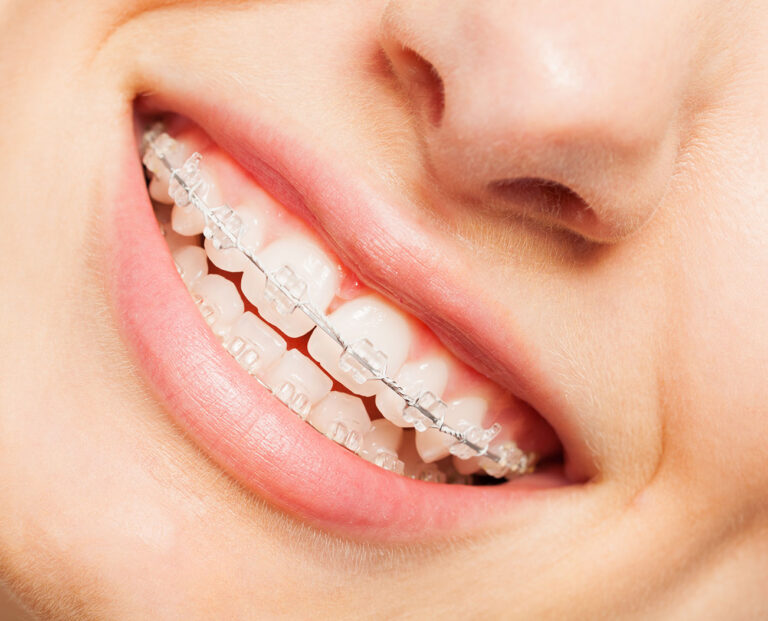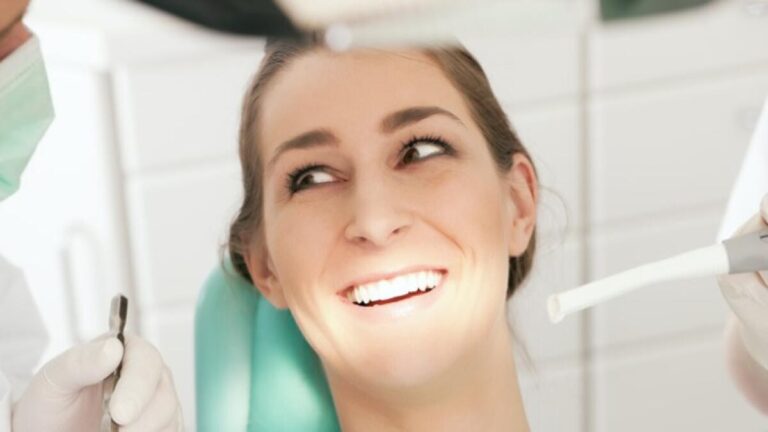Burnout is a common and sometimes hazardous illness that affects many individuals, especially during stressful times. Many of us have experienced it. It may be challenging as an employee with too many work responsibilities or as a student to balance several classes and responsibilities. Furthermore, burnout can be difficult to detect; by the time symptoms like fatigue or stress-related diseases appear, we may be exhausted.
However, there are methods for detecting burnout early on, allowing you to take action to recognize and avoid it in the future. Professional burnout coaches have created markers to help people differentiate between good and bad work habits that trigger burnout. The Wellavi app makes it easy to find a coach to help you.
Why Is Burnout So Pervasive?
Burnout is on the rise in today’s culture, and the sudden shift will intensify remote employment in 2020. Maintaining a healthy lifestyle while juggling work, family, and social life may be difficult. Burnout, according to a burnout coach, is a warning sign that our usual coping mechanisms aren’t working or that there is too much pressure with little or no reward.
Indicators of burnout can be hard to recognize since they are often subtle and do not appear until the burnout has taken hold. Burnout symptoms include decreased productivity, difficulties focusing, insomnia or oversleeping, a lack of excitement and joy, decreased self-care activities such as socializing or exercising, and chronic exhaustion. Burnout can also cause depression-like symptoms such as social isolation and avoidance of job responsibilities.
If you believe you are struggling with burnout, a burnout coach can help you assess your present lifestyle and make any necessary changes to attain a better balance. Determine the source of the burnout – excessive stress, a heavy workload, or a lack of self-care – and then devise a plan to make the necessary changes.
Join Wellavi to obtain a burnout coach who will make you take your time to work. Wellavi, a virtual provider of personal and professional well-being, has coaches available 24 hours a day, seven days a week. Whatever is wearing you down, someone can offer you advice and support.
Why Is Recognizing Burnout a Challenge?
Burnout is difficult to recognize since it often begins with feelings of stagnation and unhappiness. Burnout may not be identified until symptoms such as weariness and sleepiness become severe.
Burnout can have serious consequences, from physical illness to despair or worry, if not treated. It is crucial to diagnose burnout early on in order to take corrective action before the symptoms deepen. A burnout coach can help you understand the reasons for your burnout and provide you with advice on how to cope with stress in order to avoid burnout in the future.
Signs and Symptoms of Burnout
Thankfully, burnout coaches have taught us how to recognize burnout before it develops. The following are some of the warning signs:
- Tiredness and lethargy during the day Concentration and focusing difficulties
- Worrying even while dealing with insignificant tasks
- A lack of job motivation and excitement
- The reduced pleasure from previously enjoyable activities
Burnout is growing increasingly common, but it is difficult to recognize since it appears differently in different people. That is why burnout coaching has become such an important tool in educating people about burnout so that they may take preventative actions to lessen it before it becomes too severe. With the help of a burnout coach, you may develop a strategy for reducing stress and preventing burnout from taking over your life.
What Even Is a Burnout Coach?
A burnout coach is a professional who specializes in helping individuals recognize and manage burnout. This sort of coach helps clients discover burnout triggers, establish healthy coping techniques, and build resilience so that they can navigate life without the negative impacts of burnout.
Burnout coaches frequently use strategies like cognitive behavioral therapy, stress reduction using mindfulness, narrative coaching, and positive psychology tools to help people discover areas of their lives that need to be addressed or developed. They work with consumers to create individualized tactics for dealing with burnout and avoiding it in the future.
Burnout coaches may also advise on how to improve time management skills and communication tactics and attain a healthy work-life balance. Burnout coaches use these tactics to help clients understand burnout and provide them with the resources they need to be healthy, productive, and happy.
Tips for Dealing With Burnout
A burnout coach can assist you in developing a customized burnout management approach. Learn how to practice mindfulness and meditation, build boundaries between your professional and personal lives, take numerous breaks throughout the day, and schedule time for self-care activities such as exercise or hobbies.
Healthy communication skills are necessary for expressing oneself without being intimidated by conflict. It is also crucial to understand that burnout is a process rather than an event. This means that, even if you aren’t aware of it, burnout has most likely crept up on you slowly, resulting in a loss of desire and passion in your job and life. Allowing oneself to neglect critical and necessary habits and aspirations in order to accommodate everyone else may lead to burnout over time. Please get back to me as soon as possible.
Burnout coaches are trained to help you discover these patterns so you can create a plan of action to cope with and avoid burnout in the future. If you follow their advice and support, burnout does not have to be an inescapable part of your life. When you join Wellavi, you can take a TruCoach exam to find someone who best understands your problems.
Consult With a Burnout Coach Immediately
Burnout is a common issue that affects people from all walks of life. While burnout can be difficult to detect until it is too late, there are steps you can take to prevent it from taking over your life.
If burnout is taking over your life, speak with a burnout coach. These professionals are trained to help you identify signs of burnout and implement treatment plans so that you may be the best version of yourself. To get started with Wellavi right away, go to www.wellavi.com. Make the most of your program experience by interacting with people with similar interests. Collaboration may help you find support and develop into the greatest version of yourself.









